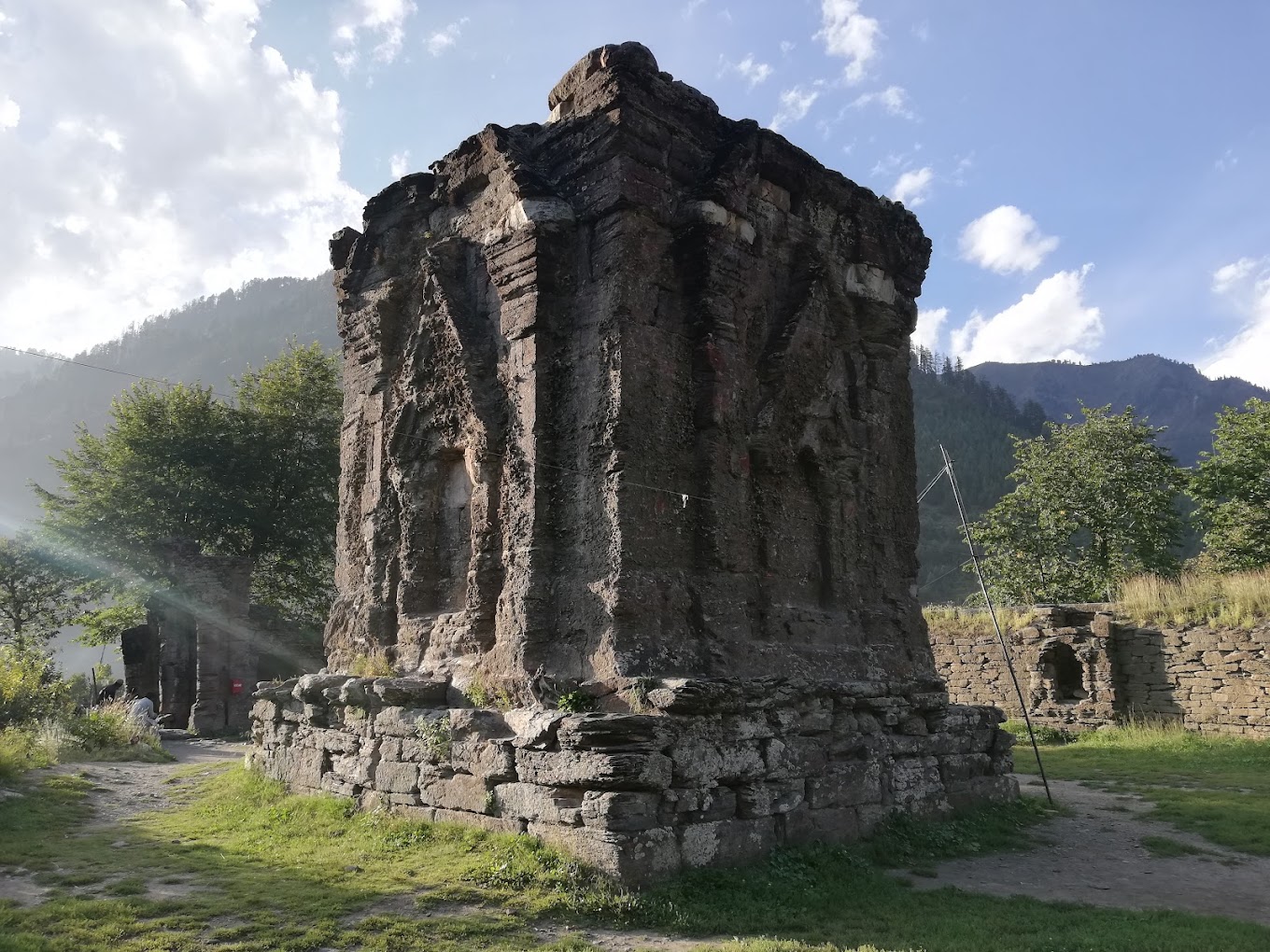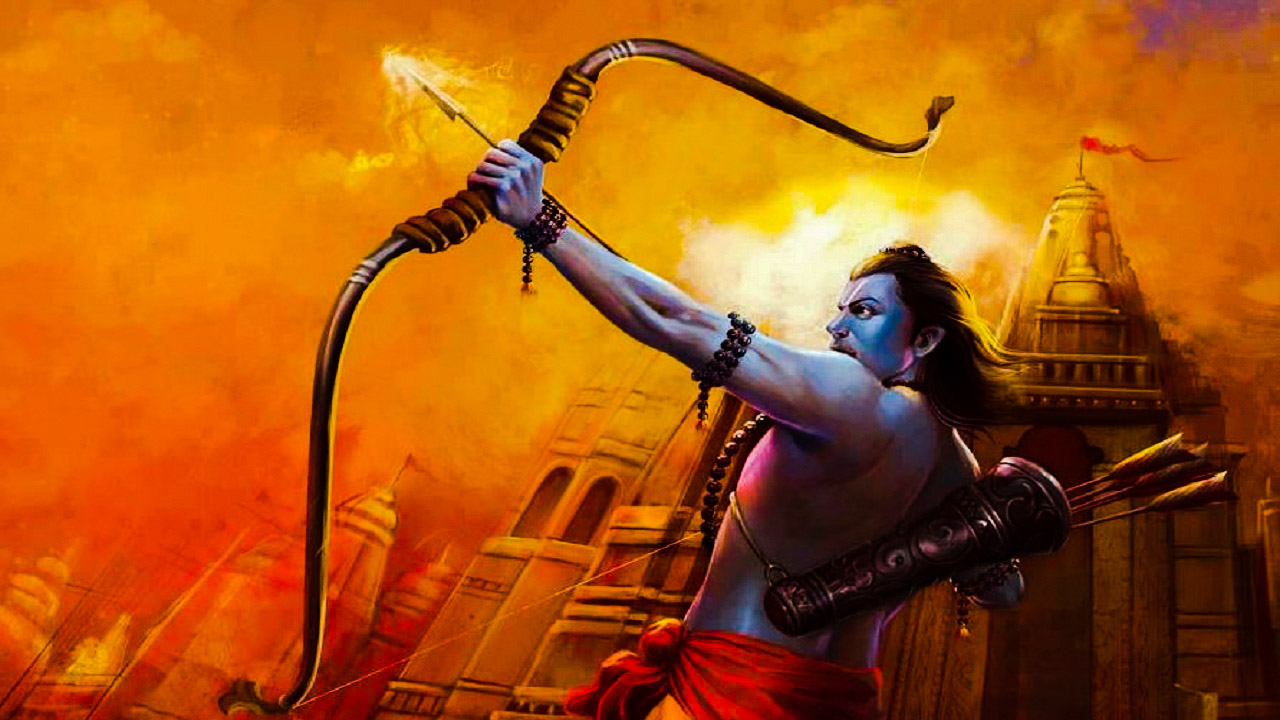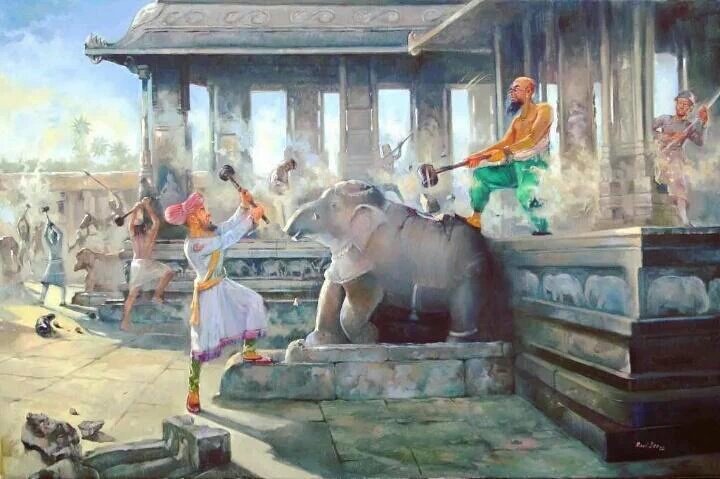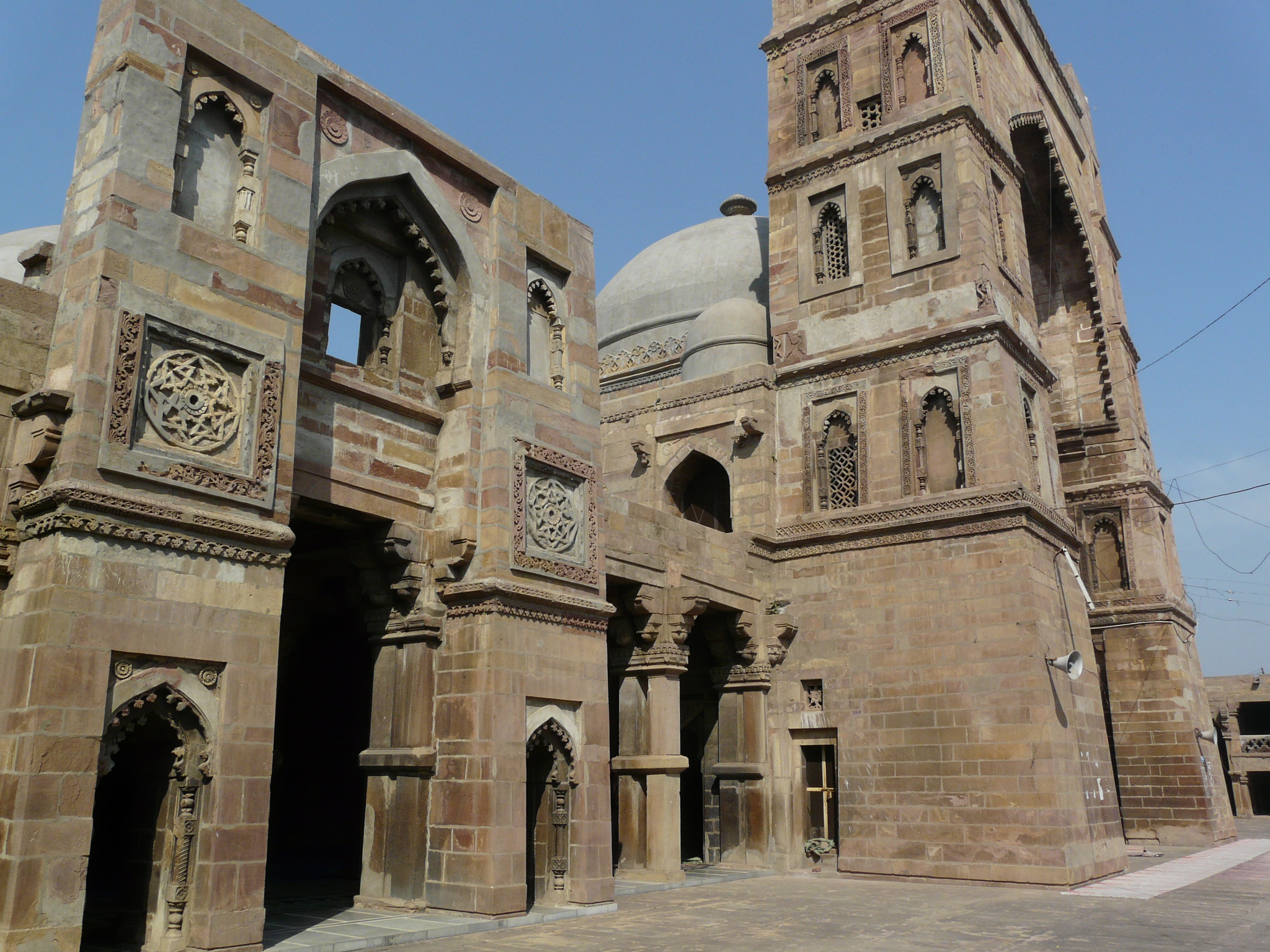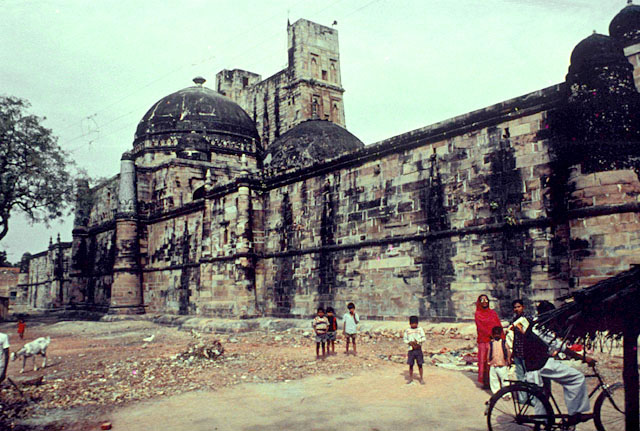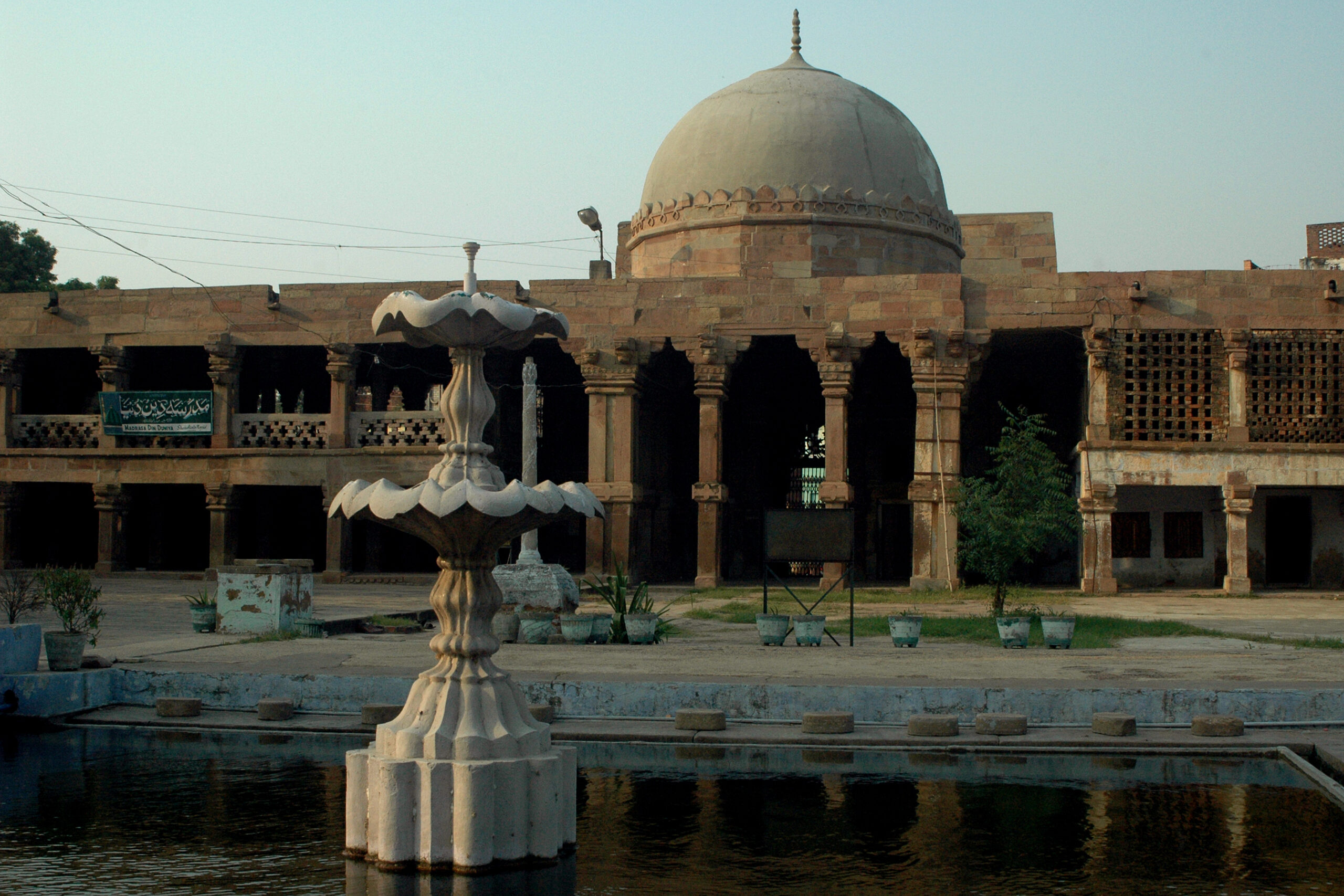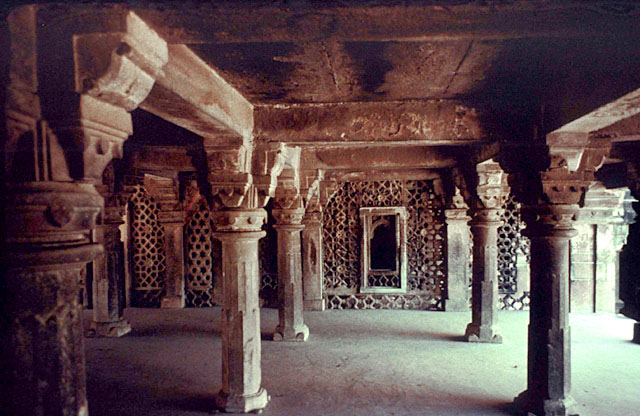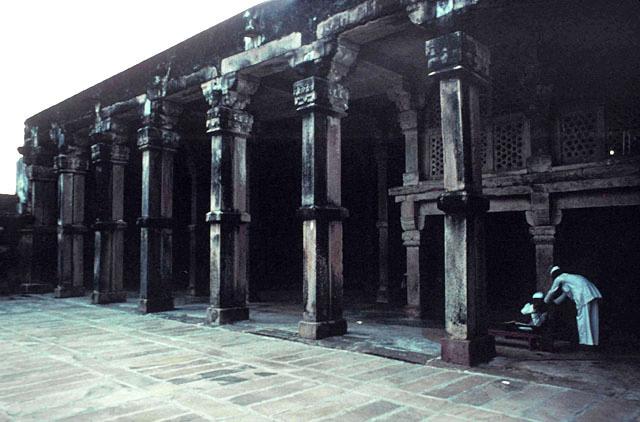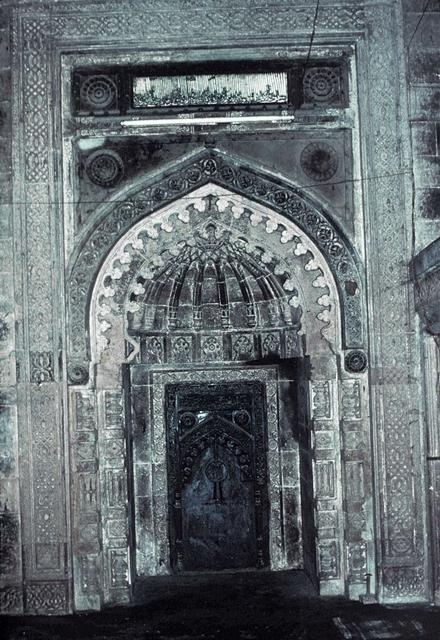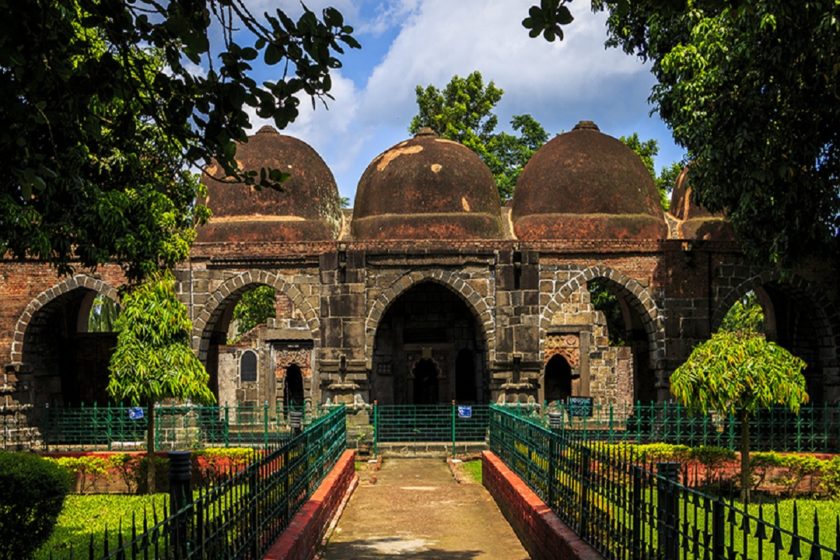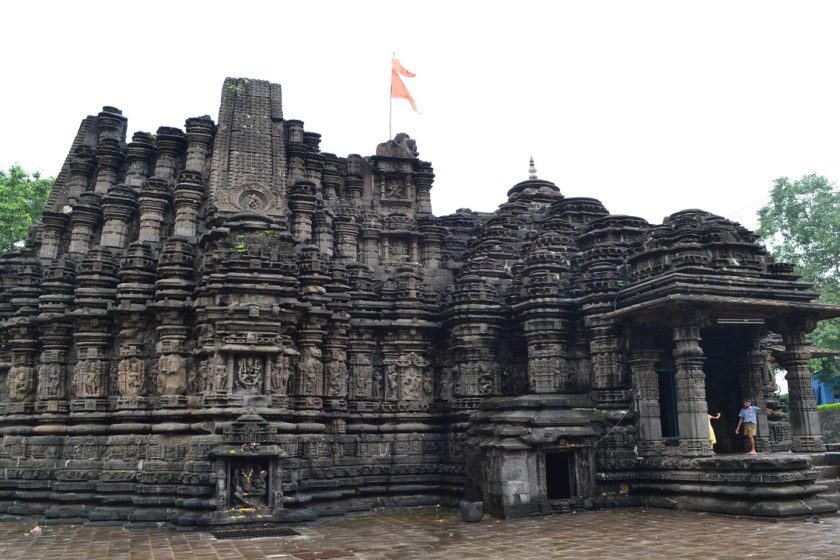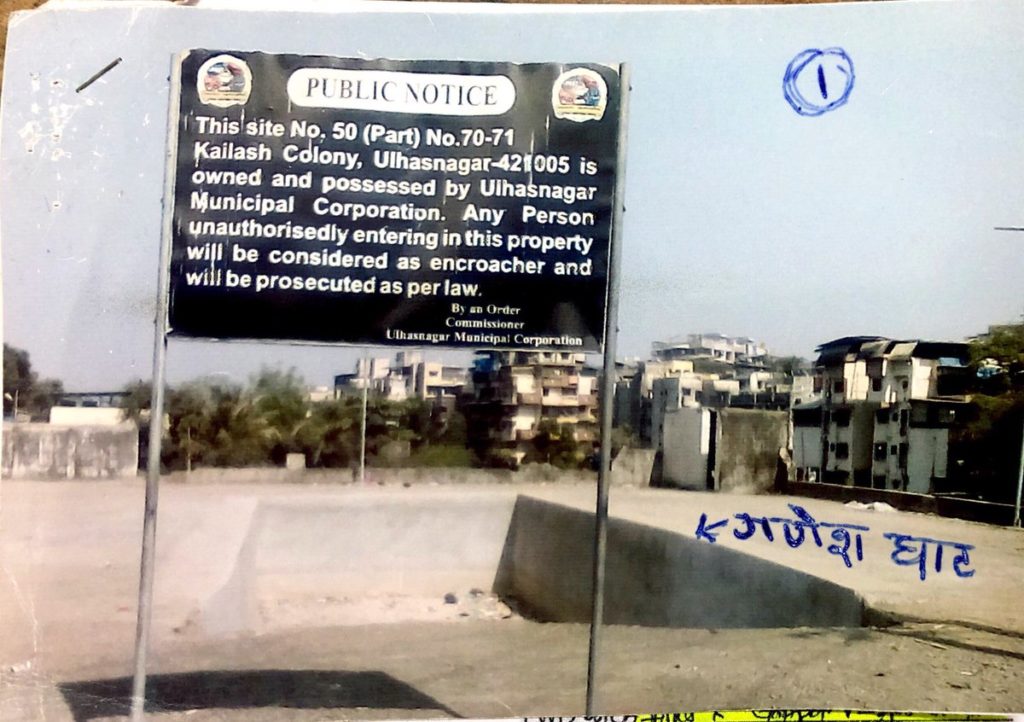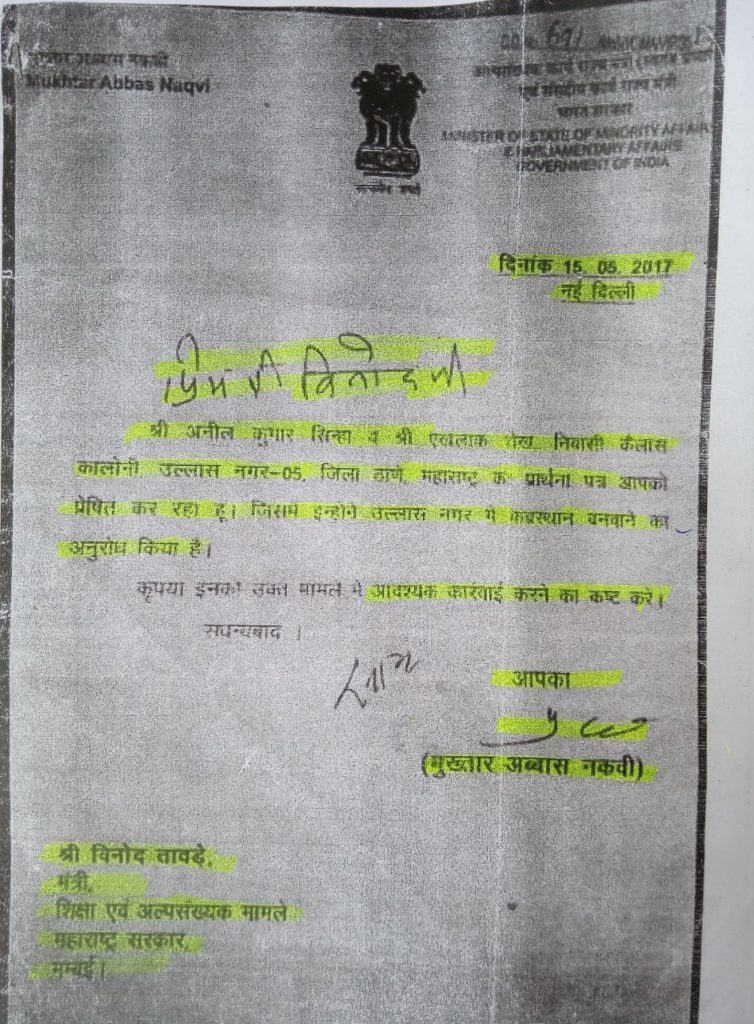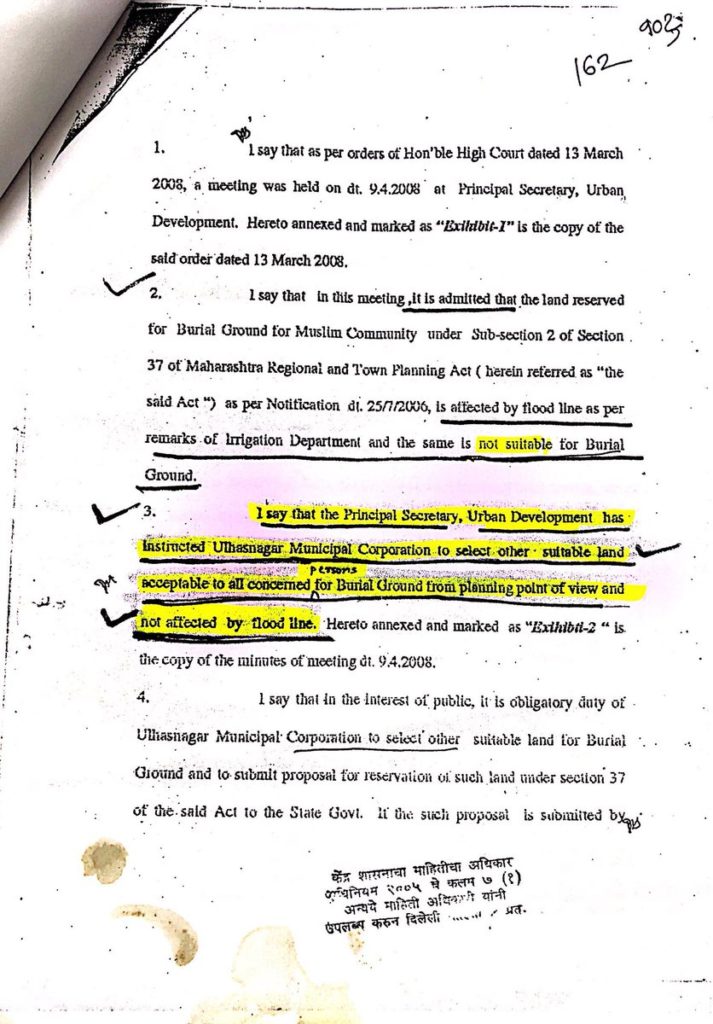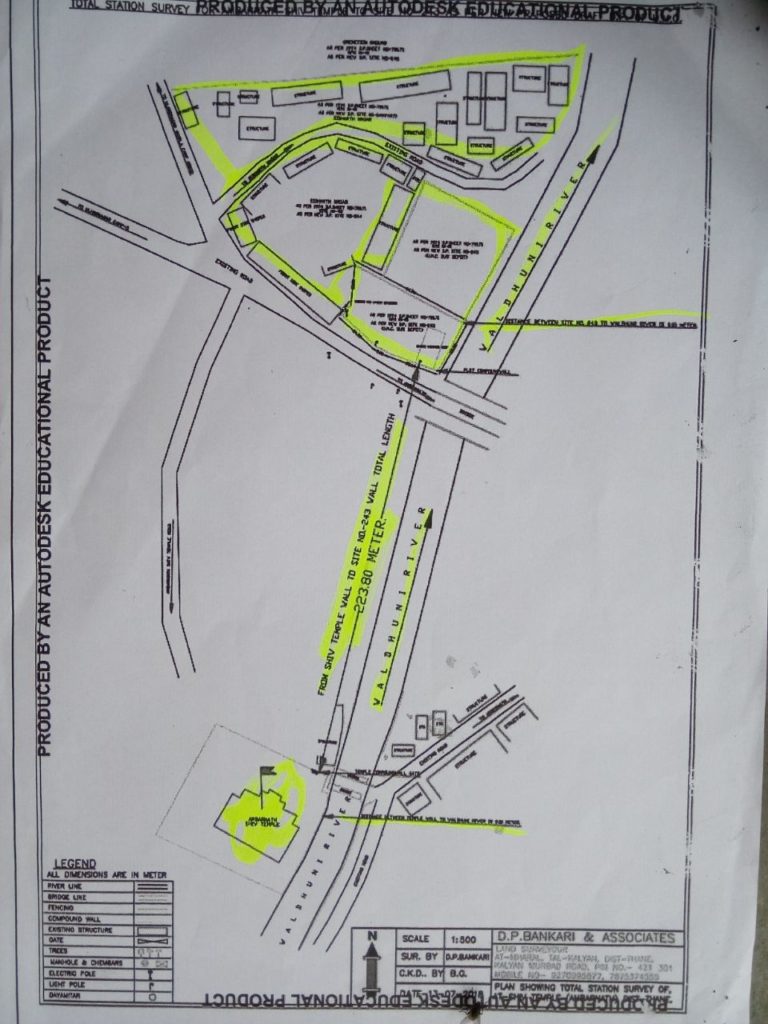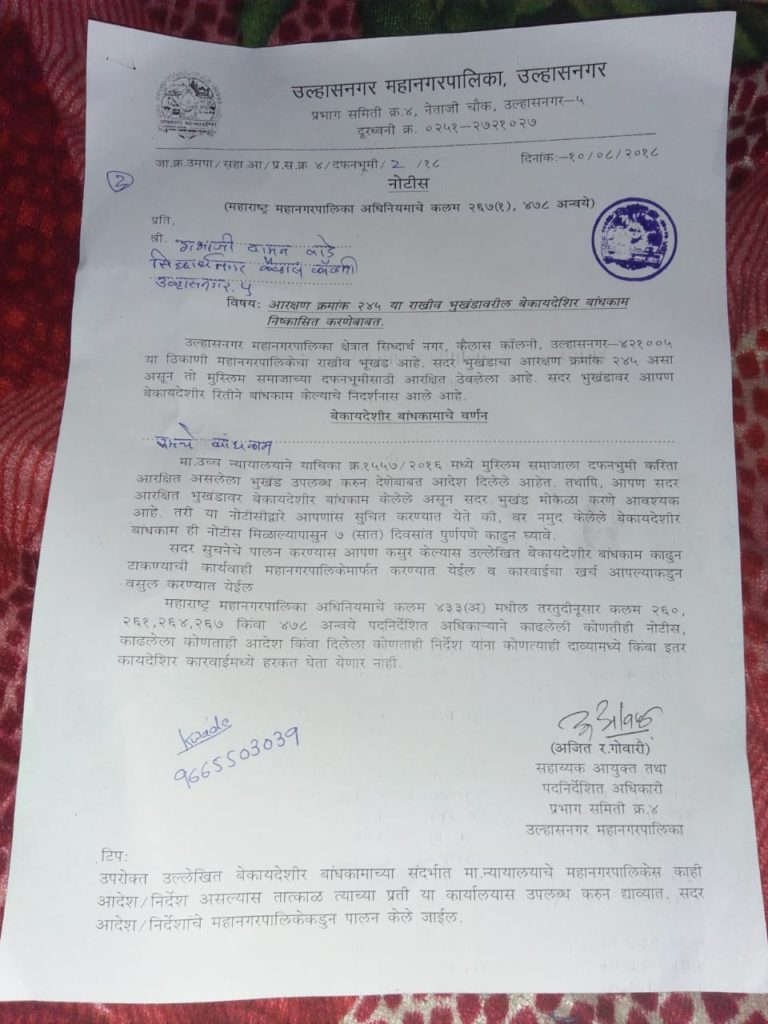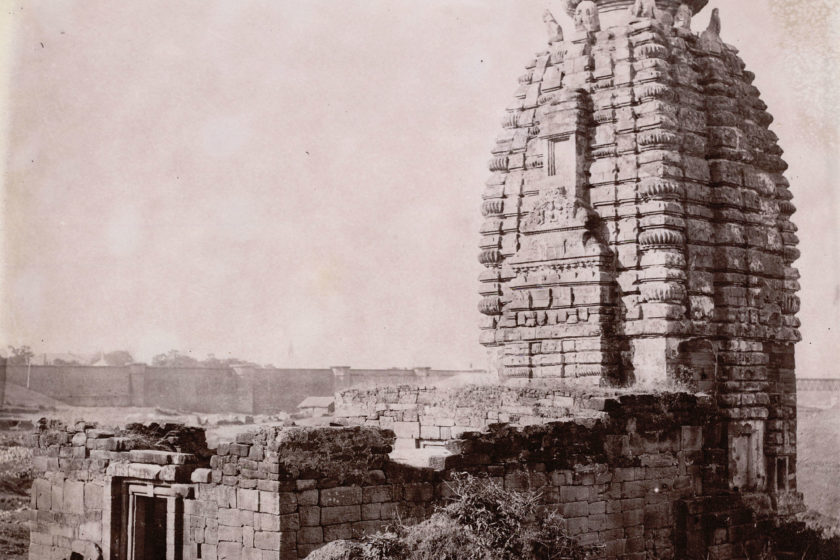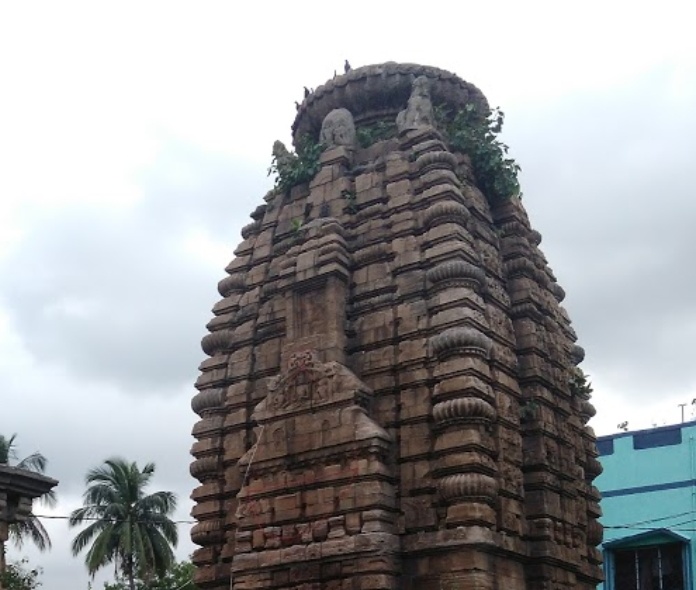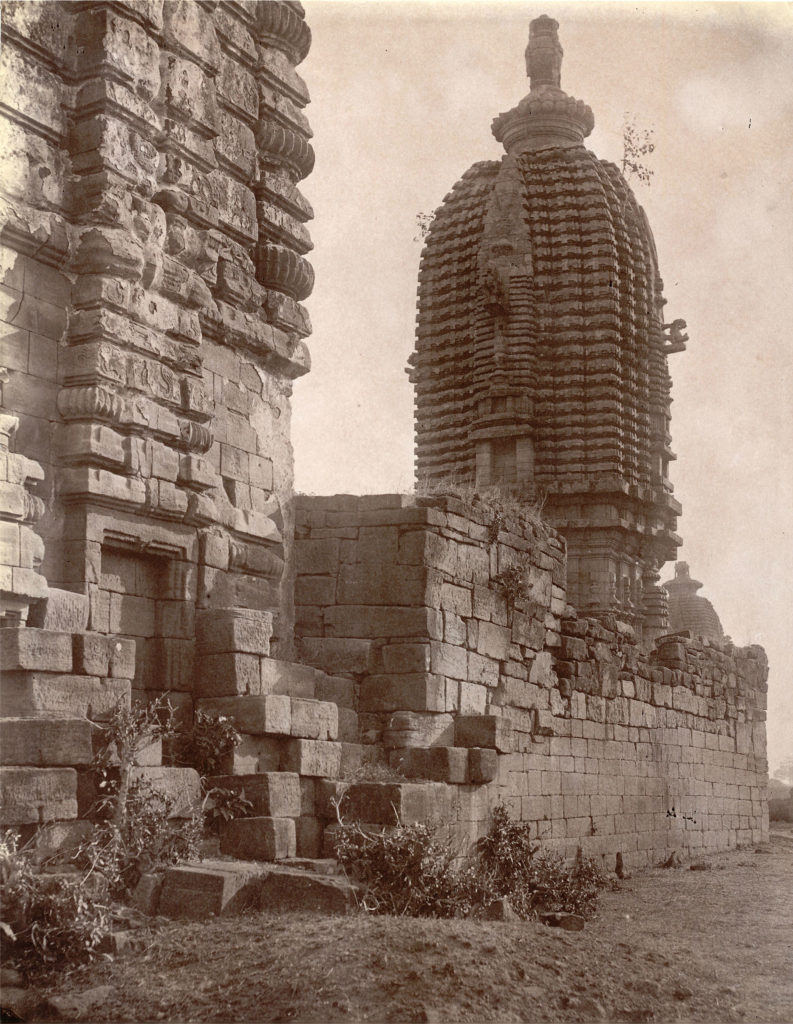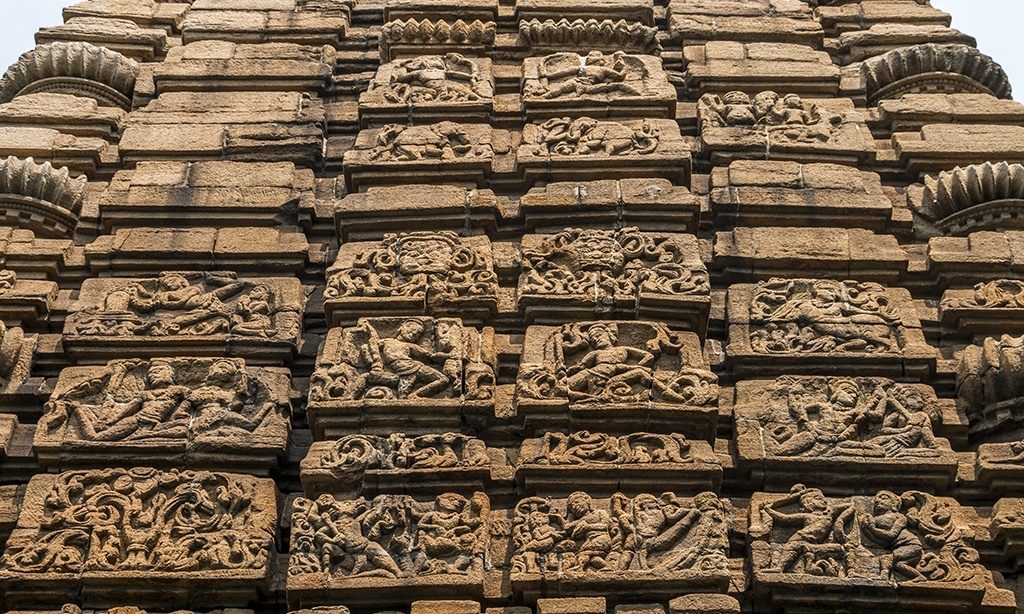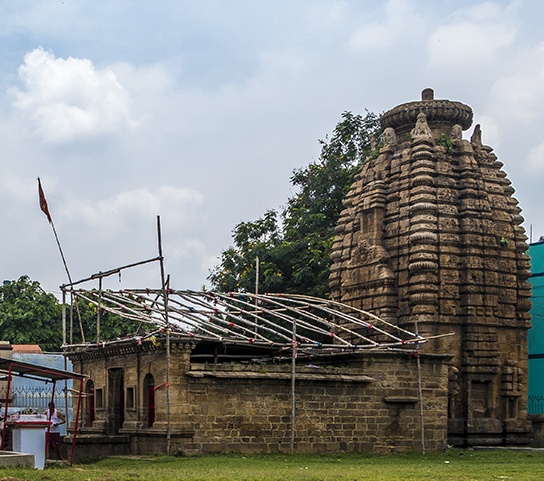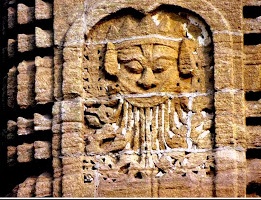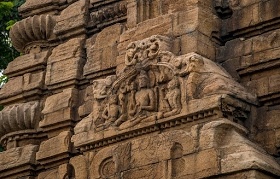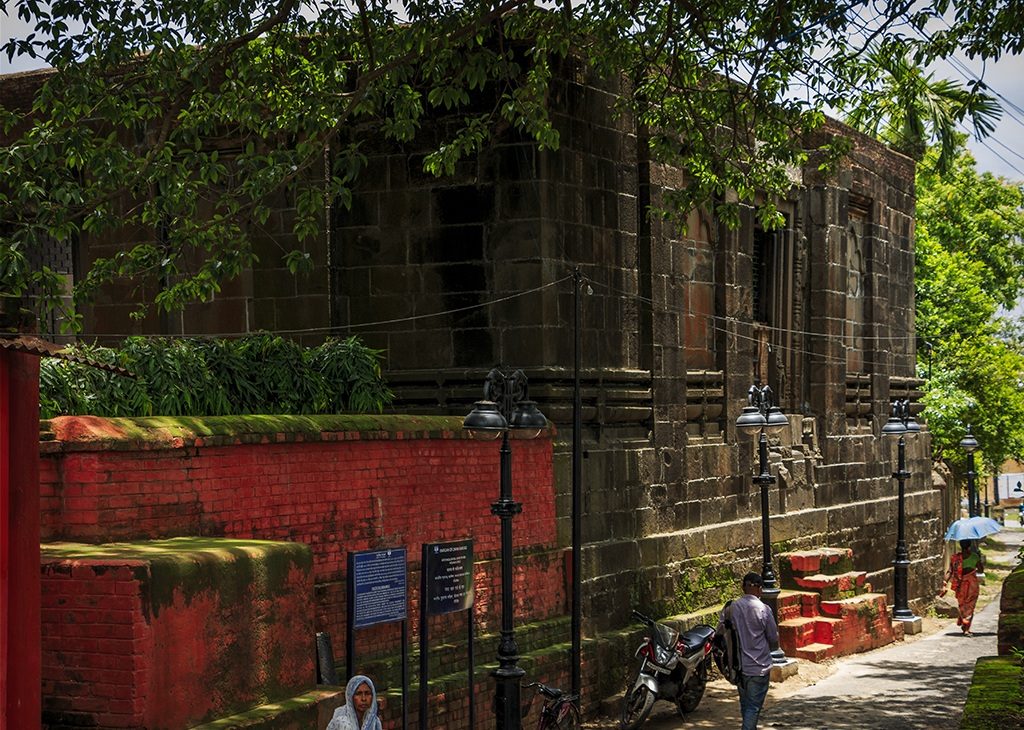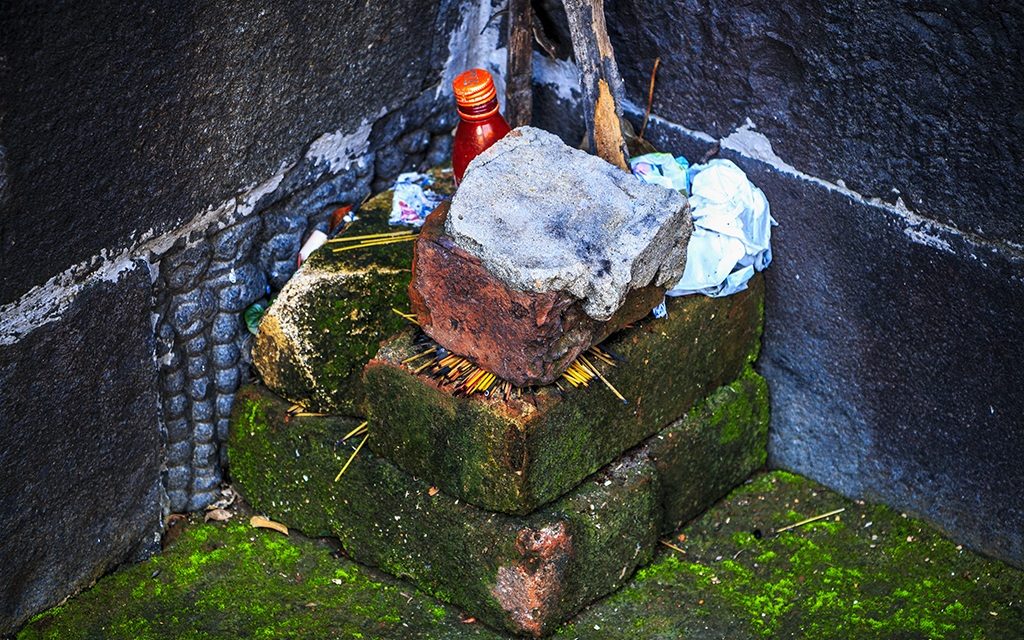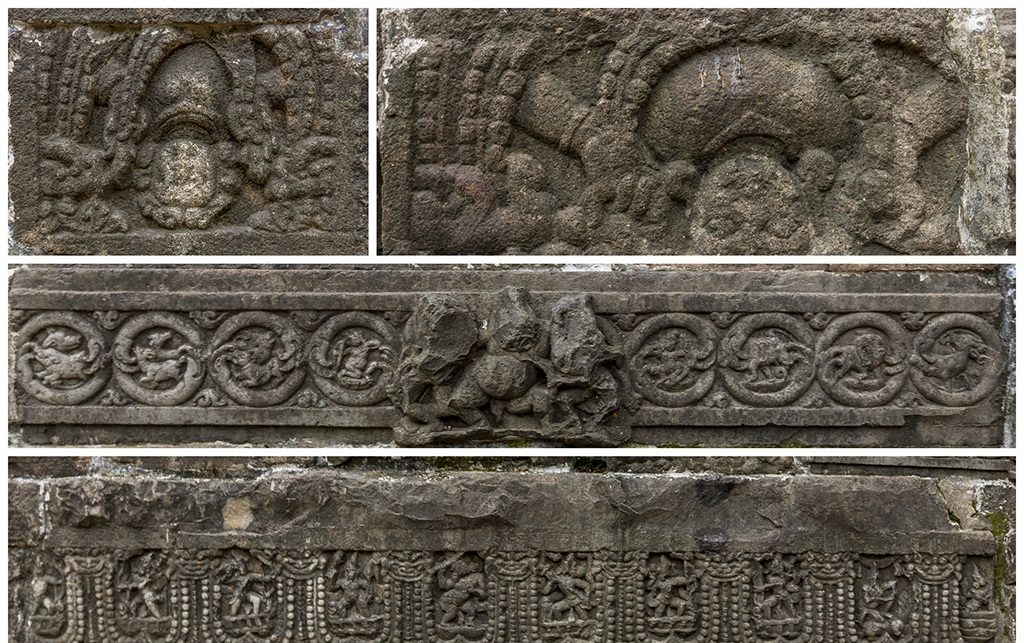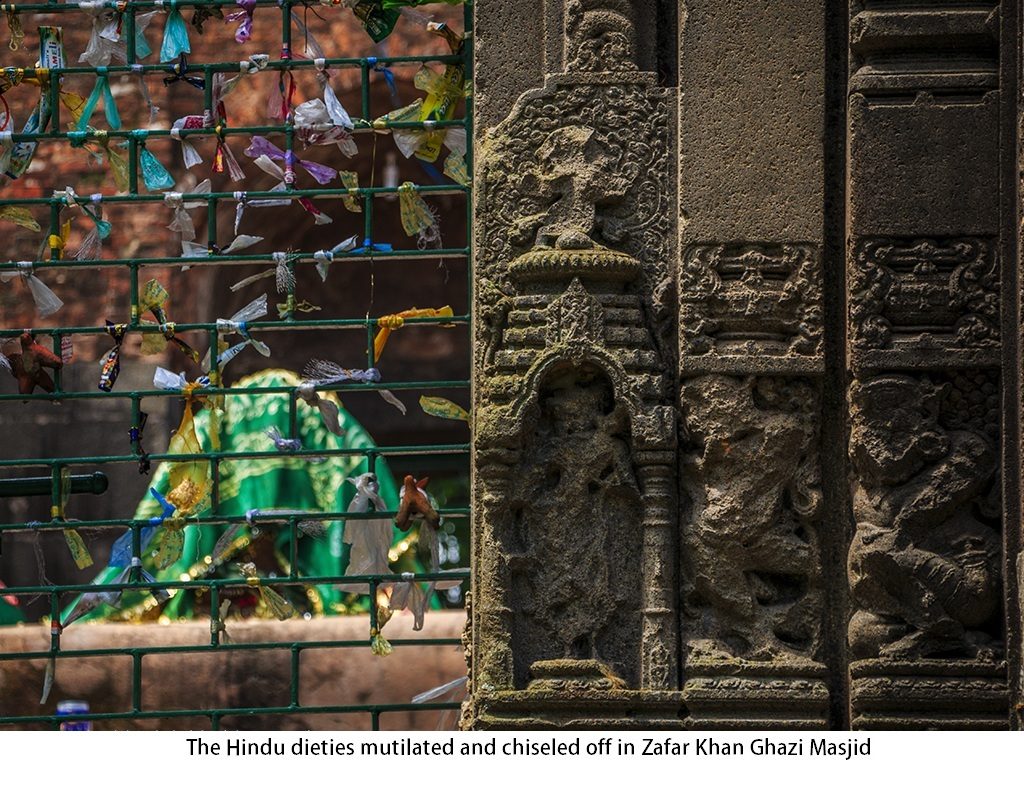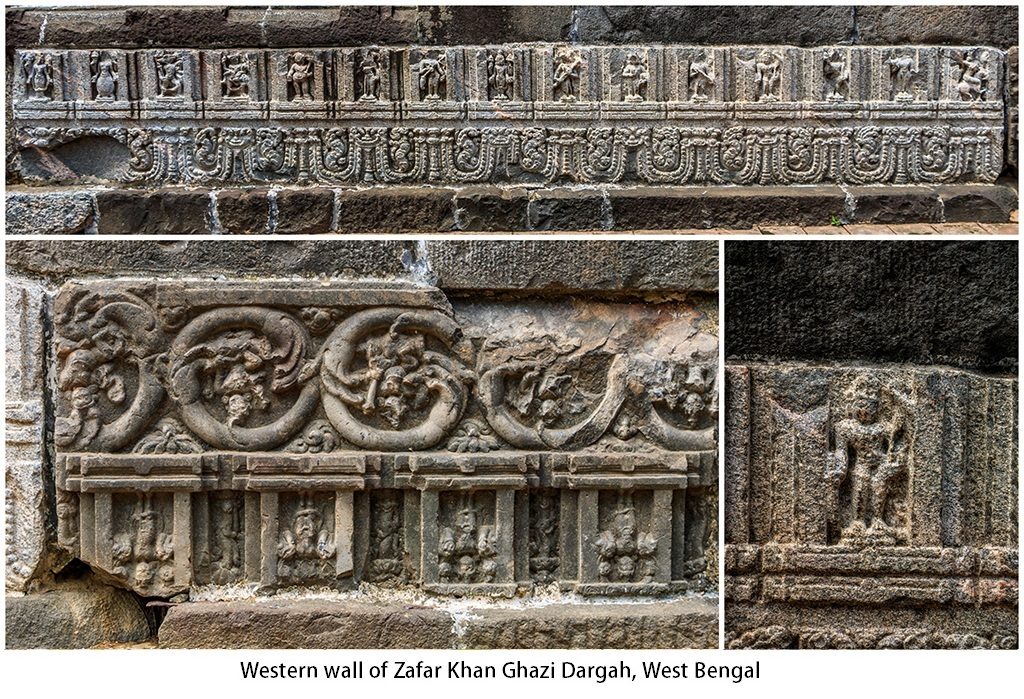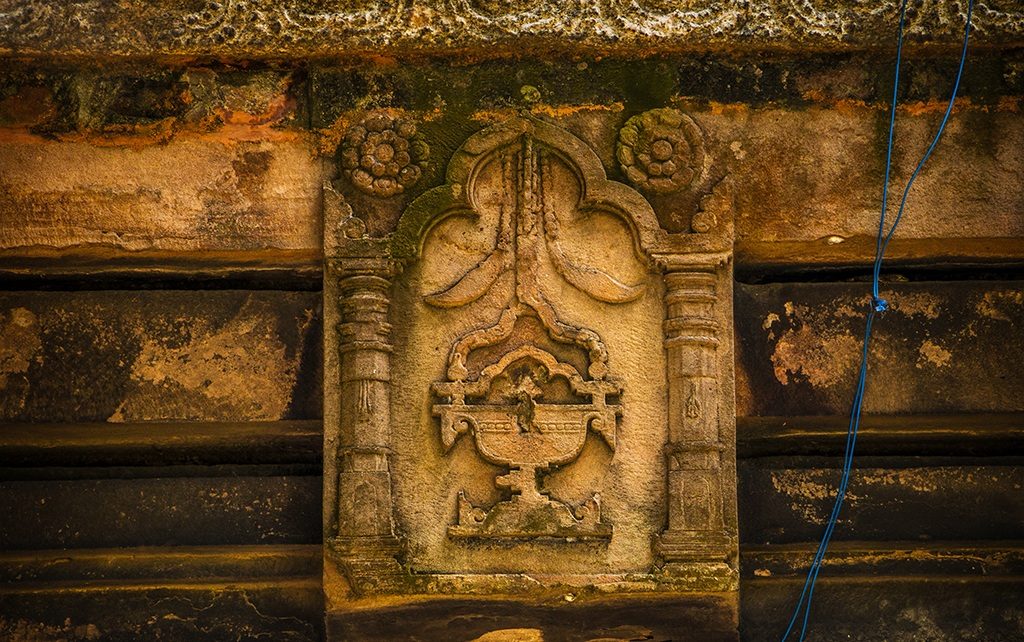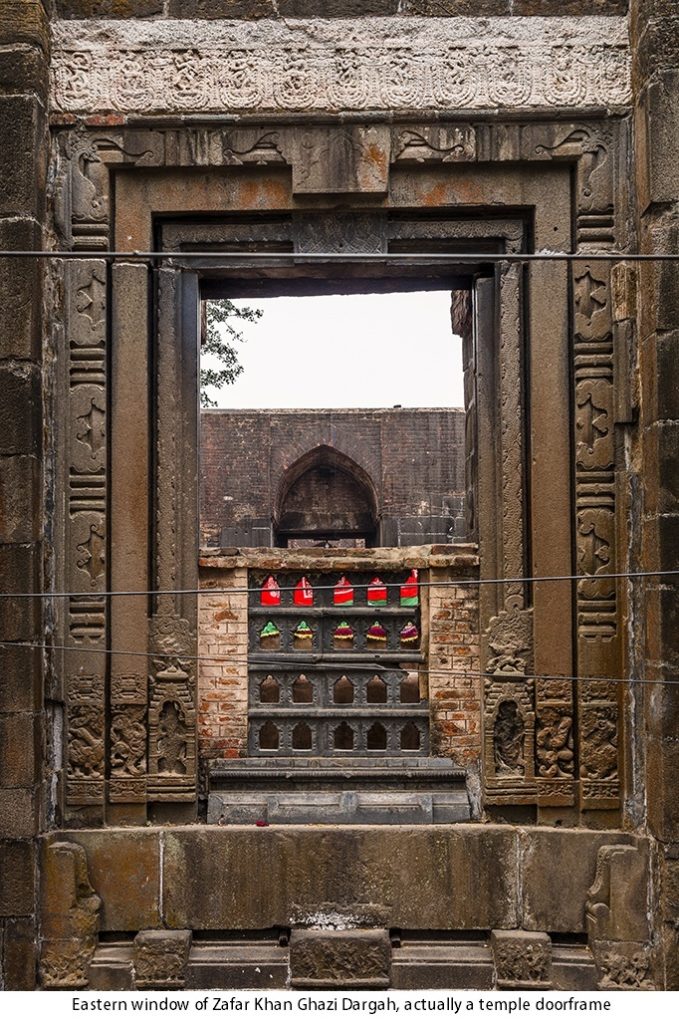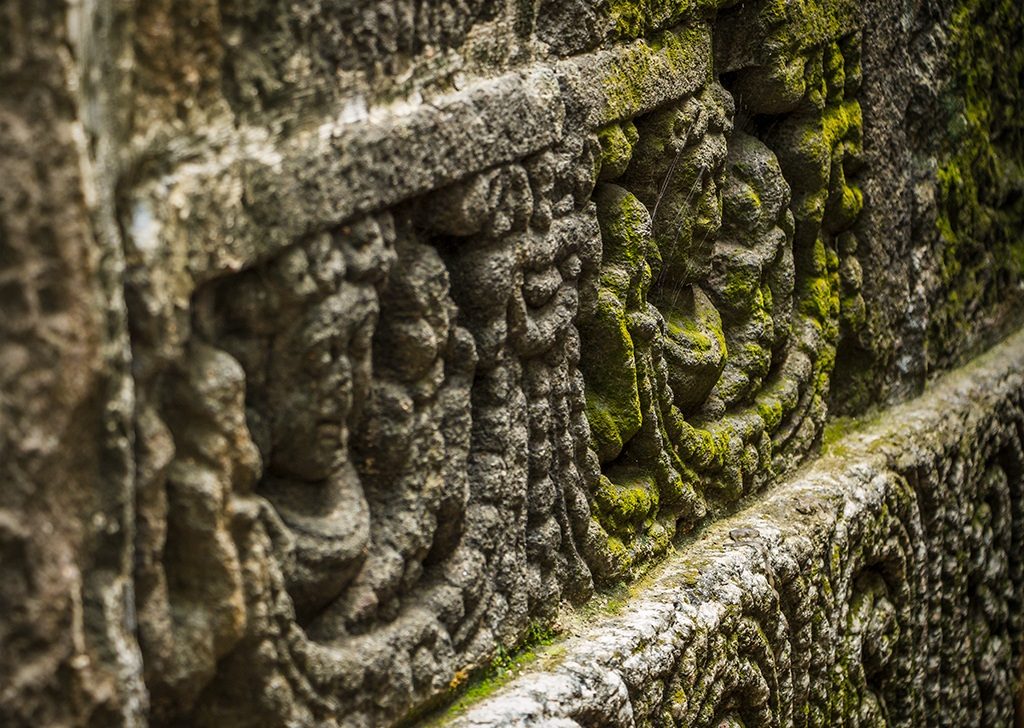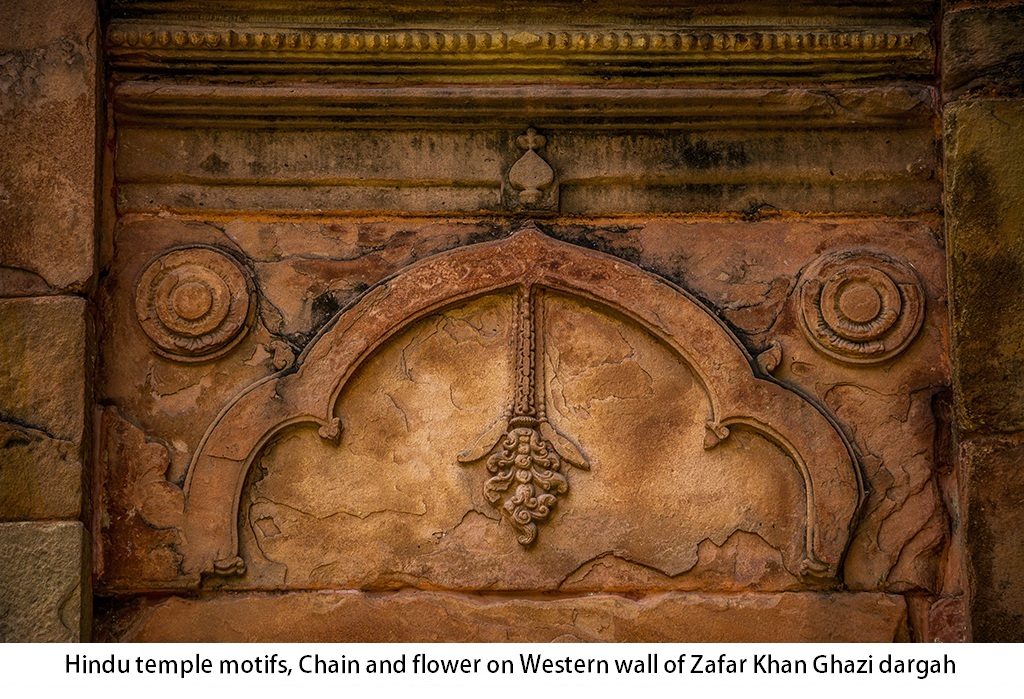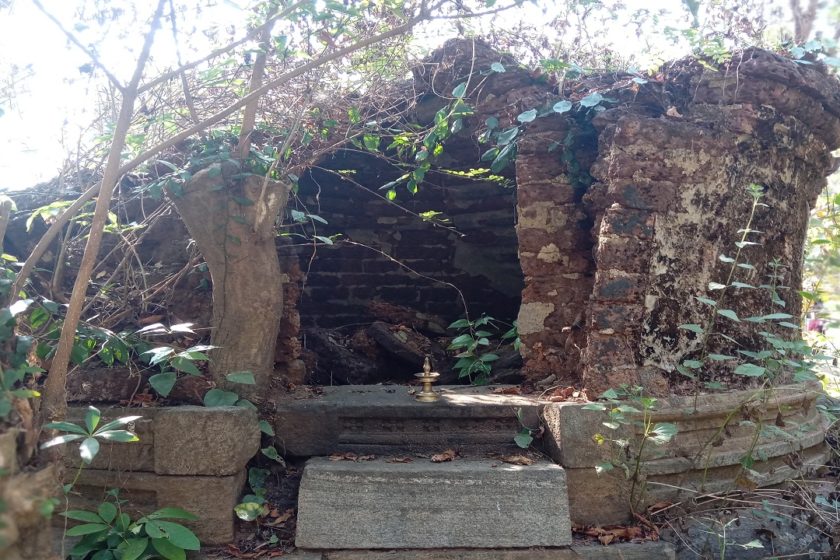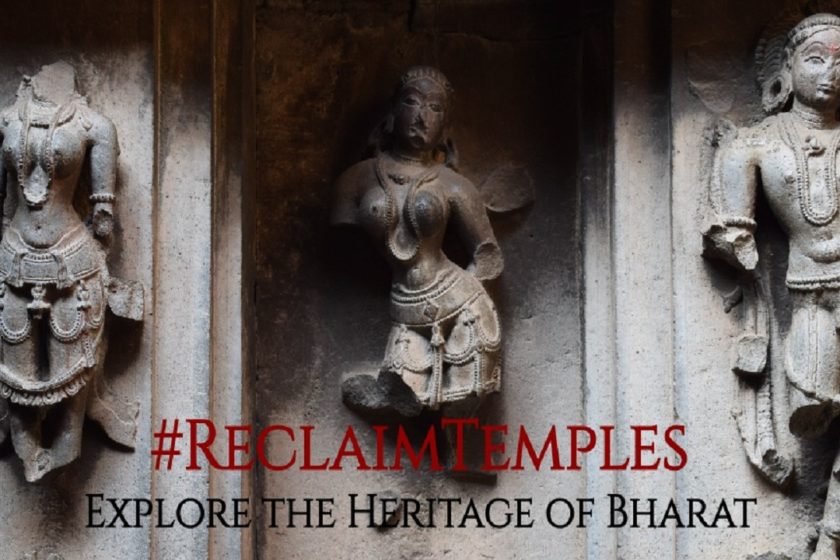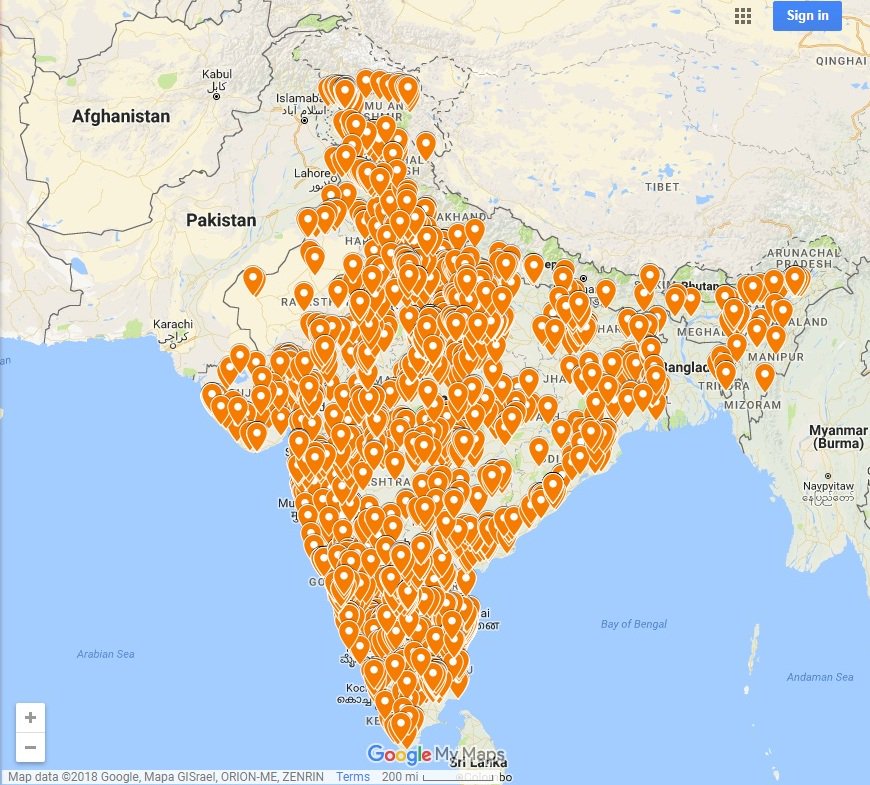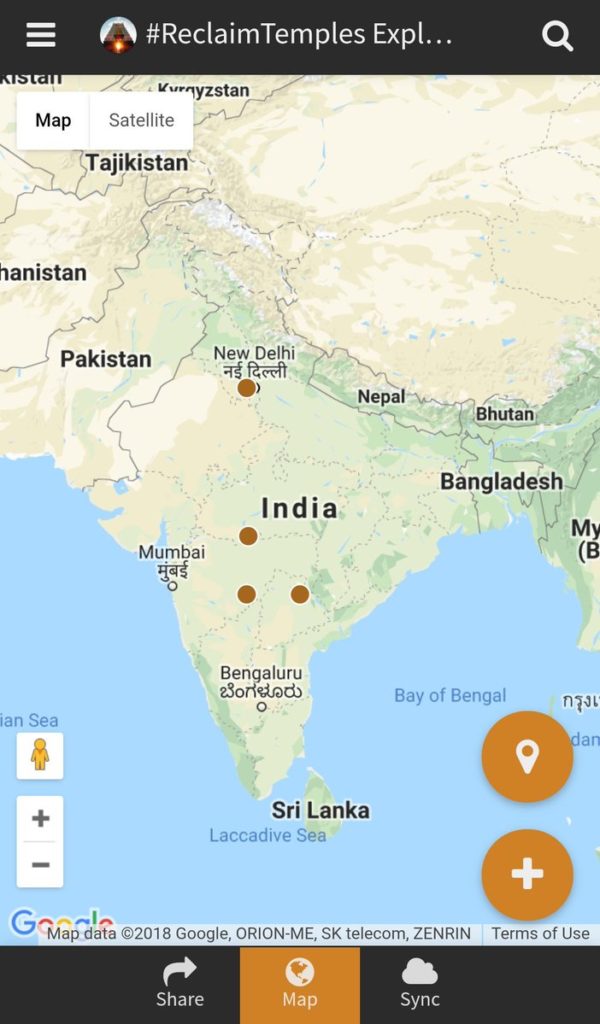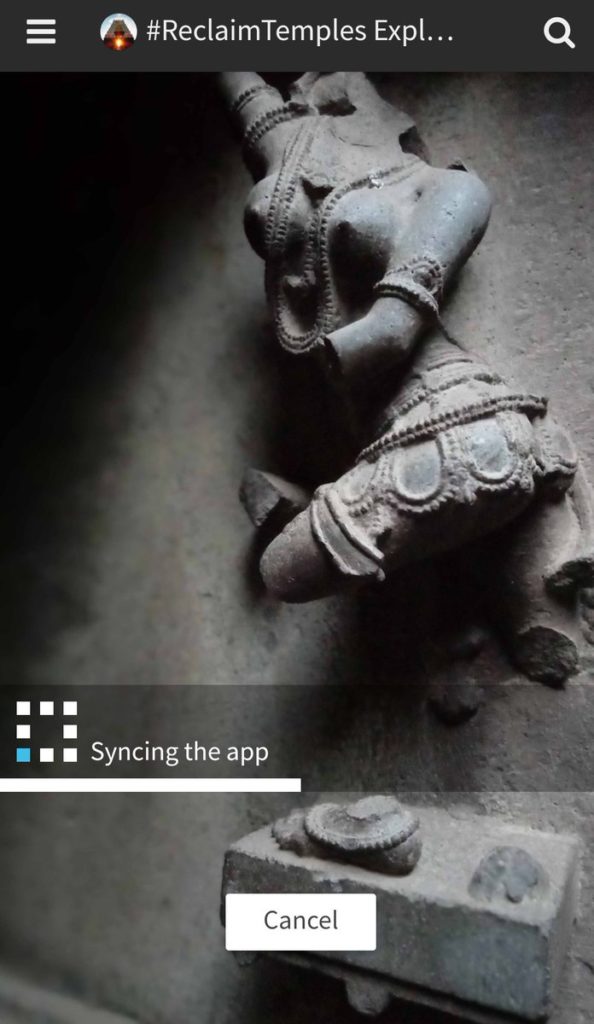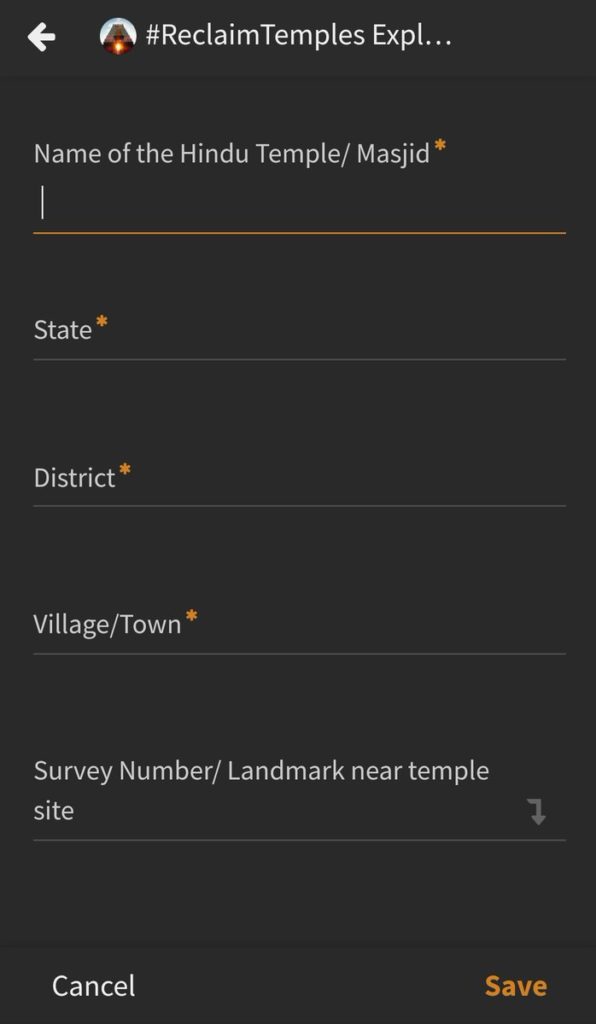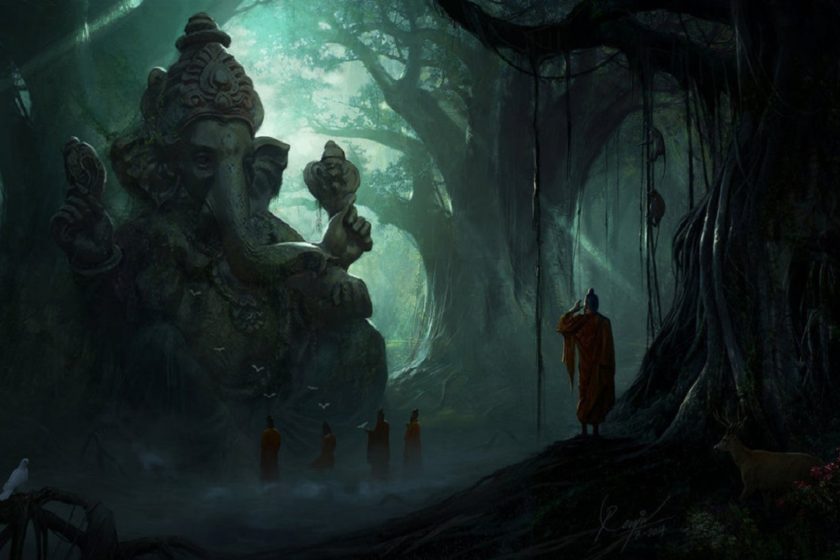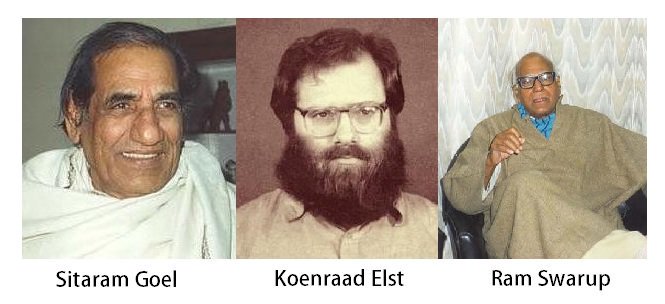The need to Reclaim Shardapeeth
Article by Nayandeep
In lives of men, nations and civilizations, there comes a time when one is forced to look back and see the civilizational threats, which if not dealt with often confine the ignorer to the pages of history with their epitaphs written by those who wiped them out. The only inexplicable community is the Hindus, holders of the most ancient civilization yet not a match to their own collective ancestors.
A 237 BC temple known popularly as Shardapeeth located 6499 feet above sea level in the village of Sharda near the river Neelam was stripped of its dignity by the extremist government of Pakistan. The outer part of temple was demolished to make way for a coffee home. Yes you read it right a coffee shop.
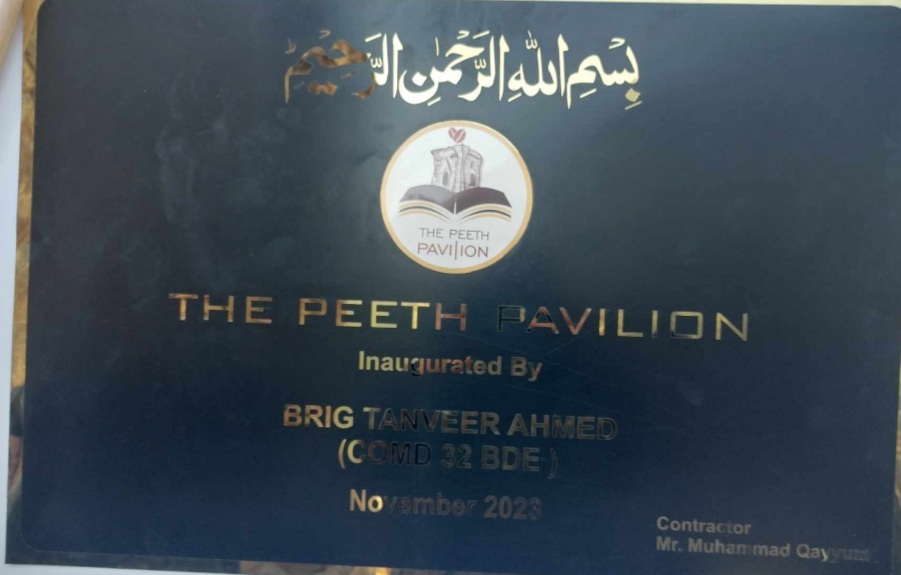
Apart from a mention here or a news discussion there to cover up for the lack of any news not much respond came from the Hindu society or those who take and enjoy power in the name of protecting all things Hindu. This when others gather from all over and all parts of life to fight for what was not even theirs to begin with, what changed in the Hindu consciousness after having defended its temples and the right to exist for well over a thousand years.
Is it that the secular state has molded us to a particular way of thinking or is it that we have entrusted our civilizational duties to the government. The walls of Shardapeeth where the Goddess of learning reside were broken away and carried off and not a word of protest from the powers that be.
Along with the almost dead movement to retake Pakistan occupied Kashmir it seems the retaking of the Shardapeeth has been confined to mere electoral rallies now. When temples within this secular state are in litigation despite clear case of destruction and taking over then what chance does The Shardapeeth have.
Shardapeeth was instrumental in spreading the Sharda dialect all over north India and in the words of Al-Biruni in chronicles of India “A most revered place of Worship”. Kalhana in the Epic Rajatarangini describes it as a site of popular veneration and to further know of Shardapeeth’s importance one should know that Saraswat Brahmins from Karnataka still carry on the tradition of prostrating towards the Shardapeeth.
A Peeth where goddess of learning was described as taking the form of a Swan and swim in the river has fallen to such times that its destruction is neither being opposed nationally nor is a plan in place to take it back in order to bring it to its ancient glory.
It’s time to self reflect especially in an nation where those working for the civilizational causes struggle for resources and are often back stabbed for political reasons. May these lines awaken those who are awake but asleep towards their own Heritage.
“Namaste Sharda Devi Kashmira Mandala Vasani”
“We Bow to the Goddess Sharda who lives in Kashmir”
#ReclaimTemples

